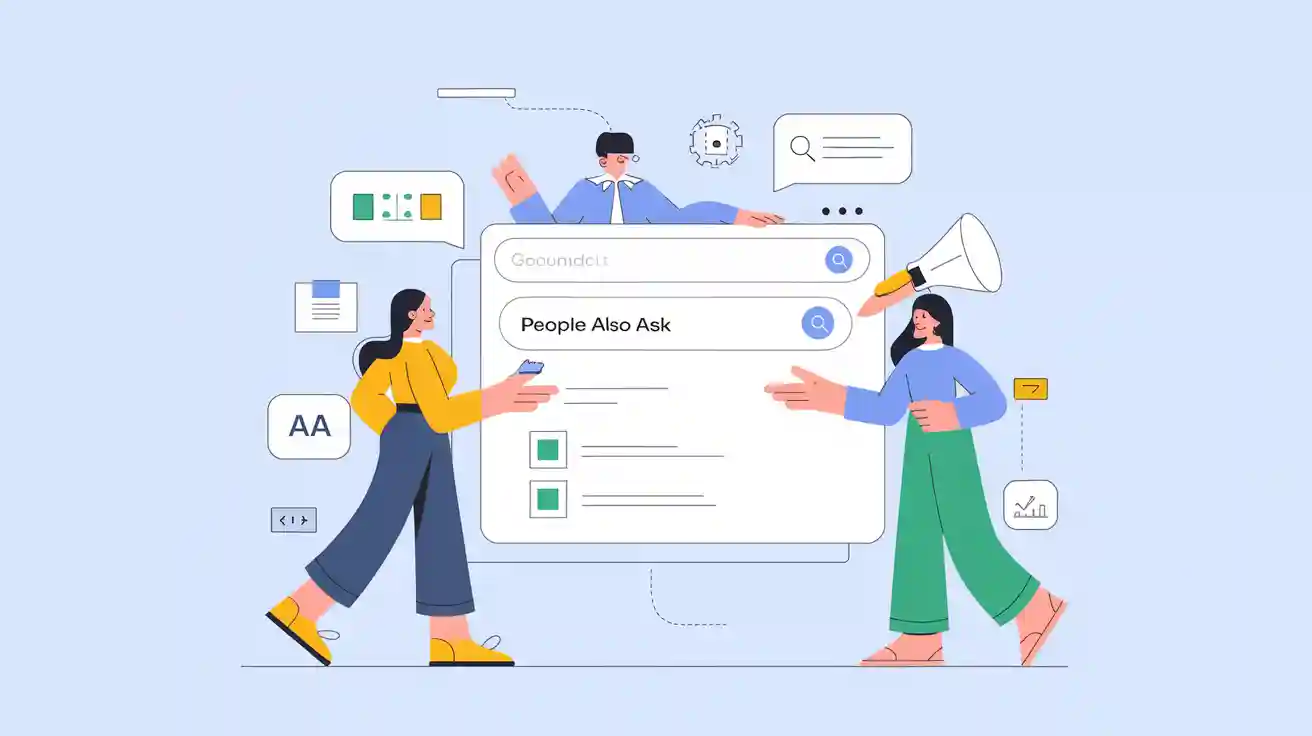What is People Also Ask (PAA)? Definition, SEO Value & Brand Visibility
Discover what People Also Ask (PAA) means in Google Search, how it works, and why it matters for SEO and brand visibility. Learn PAA’s definition, key features, real-world applications, and how to optimize your content and monitor your brand’s presence in PAA and AI search results.


One-Sentence Definition
People Also Ask (PAA) is a dynamic Google Search feature that displays a list of related questions and concise answers, helping users explore topics more deeply and brands increase their visibility in search results.
Detailed Explanation
PAA boxes appear on Google’s search engine results pages (SERPs), typically near the top, presenting users with contextually relevant questions related to their original query. Each question can be expanded to reveal a brief answer, often sourced from authoritative web pages. The content in PAA is highly dynamic—questions and answers update based on user interactions, search trends, and Google’s machine learning algorithms. Answers may appear as text, lists, tables, images, or even videos, making PAA a versatile tool for both users and content creators. (Ahrefs, seoClarity)
Key Components of PAA
- Dynamic Question List: The PAA box starts with a handful of questions, but expands as users click, revealing more related queries.
- Multi-Format Answers: Answers can be paragraphs, bullet lists, tables, images, or videos, each linking to the source page.
- Machine Learning Driven: Google’s algorithms analyze user intent, search history, and trending topics to generate and update PAA content.
- SERP Integration: PAA is closely tied to other SERP features like Featured Snippets and Knowledge Panels, often appearing alongside them.
- Brand Visibility Opportunity: Appearing in PAA can boost a brand’s authority and organic traffic, even for pages not ranking in the top organic spots.
Real-World Applications
- SEO & Content Strategy: Marketers and SEO professionals use PAA to identify trending questions, optimize content structure, and target user intent. For example, including question-based subheadings and concise answers can increase the chance of being featured in PAA.
- Brand Monitoring & Optimization: Platforms like Geneo enable brands to monitor their presence in PAA across Google, ChatGPT, and other AI search engines. By tracking which questions feature their brand and analyzing answer content, teams can adjust strategies to improve visibility and sentiment.
- Dynamic Content Updates: Since PAA content changes frequently, brands benefit from regularly updating their content to address new questions and maintain relevance.
- Case Example: In the finance sector, localizing content and directly answering region-specific queries helped UK brands increase their PAA exposure (Moz case study).
Related Concepts
- Featured Snippet: A single, prominent answer box at the top of SERPs, often for direct questions.
- Query Intent: The underlying goal or need behind a user’s search query.
- Organic Search: Non-paid search results, where PAA can drive additional traffic.
- Knowledge Panel: A sidebar box with aggregated information about entities (people, brands, etc.).
PAA, AI Search, and the Future
PAA is rapidly evolving, with Google integrating more AI and machine learning to personalize and expand results. As AI search engines like ChatGPT and Perplexity grow, the line between traditional PAA and conversational AI answers is blurring. Brands that monitor and optimize their PAA presence—especially with tools like Geneo—are better positioned to capture visibility in both classic and AI-driven search environments.
Want to track and optimize your brand’s visibility in People Also Ask and AI search? Try Geneo for real-time monitoring, actionable insights, and smarter content strategies.





